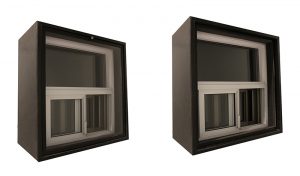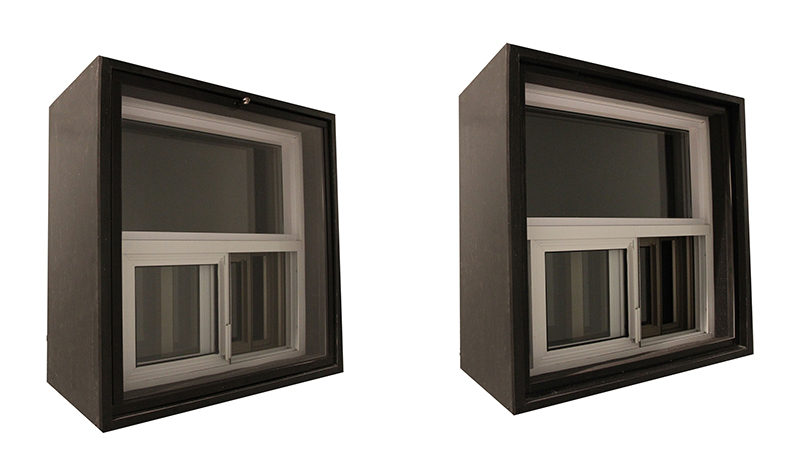Intellectual properties. Trends high performance buildings.
By David Katz & Kit Lam
Intellectual properties. Trends high performance buildings. Buildings today are trending toward smarter, greener and more intelligent designs to complement the transition to smart grids, net zero buildings, Leadership in Energy and Environmental (LEED) designs, energy reduction, building automation and computerized maintenance management systems.
In addition to the traditional utilities of electricity, natural gas and water, high-performance buildings include a fourth utility: broadband communications. This utility allows building managers to add smart meters and offer new pricing schedules such as time-of-use rates and demand response programs to lower energy costs and incorporate clean on-site generation. Moreover, it enables building managers to minimize damages from normal equipment failure and facilitate a programmed response for shutdown and evacuation during times of natural disaster.
One of the major differences between high-performance buildings and their traditional counterparts is the ability to generate limitless data and information on nearly every aspect of a building and then share it among systems to enhance the efficiency and effectiveness of the entire facility. This goes beyond the data provided for traditional heating, lighting and cooling systems. Today’s high-performance buildings boast heat, lighting, movement and air flow sensors, environmental monitoring and control, and integration between fire and security systems as well as countless other advancements that contribute to reduced costs, improved health, a greener environment and increased efficiency, productivity and security.
To be a true high-performance building, building automation systems and energy-efficient equipment require networking and operational maintenance at a high level. A high-performance building can generate limitless data but to optimize the use of that information, building management systems must take this real-time data and analyze it through system communication and integration.
A traditional building automation system includes a series of direct digital controllers connected by an interface card in a traditional personal computer, which is used as a workstation to change settings, see alarms and data logs. This workstation is usually hidden in a maintenance room. With advancements in data acquisition as well as graphic and network communication capabilities, building systems and their current state of operation can now be viewed on computer monitors and television dashboards in real-time.

As cloud computing has become more prevalent, it is not surprising that it is dominating the operations and maintenance of high-performance buildings. With environmental data programs like FirstCarbon Solutions’ ghgTrack facilitating the calculation of a building’s carbon footprint, a building manager can be anywhere in the world and be able to connect to the cloud server to enter building and operational environmental data and then assess, analyze and diagnose the greenhouse gas emissions of its high-performance building.
Intellectual properties. Trends high performance buildings.
One of the benefits incurred from the data generated by high-performance buildings is the ability to manage and save on energy costs and peak demand charges. The building management system can be pre-programmed to reduce demand in discretionary applications such as dimming lights or lowering the temperature slightly.
How is this done?
Demand is reduced when the building management system receives an automated demand response signal from the utility or the companies appointed as aggregators to provide the demand response. The utilities offer financial incentives, resulting in energy cost-savings without sacrificing the comfort of tenants.
In fact, the energy cost-savings is the underlying reason why spending a premium on high-performance buildings can be justified.
The journey to high-performance buildings and the various definitions and assumptions that apply to them is ongoing. The application of information technologies to building automation and integration with the other systems helps owners and operators of buildings to address the new challenges of reducing energy and impacts on the environment, while minimizing the consequences of building equipment failures.
[si-contact-form form=’2′]

